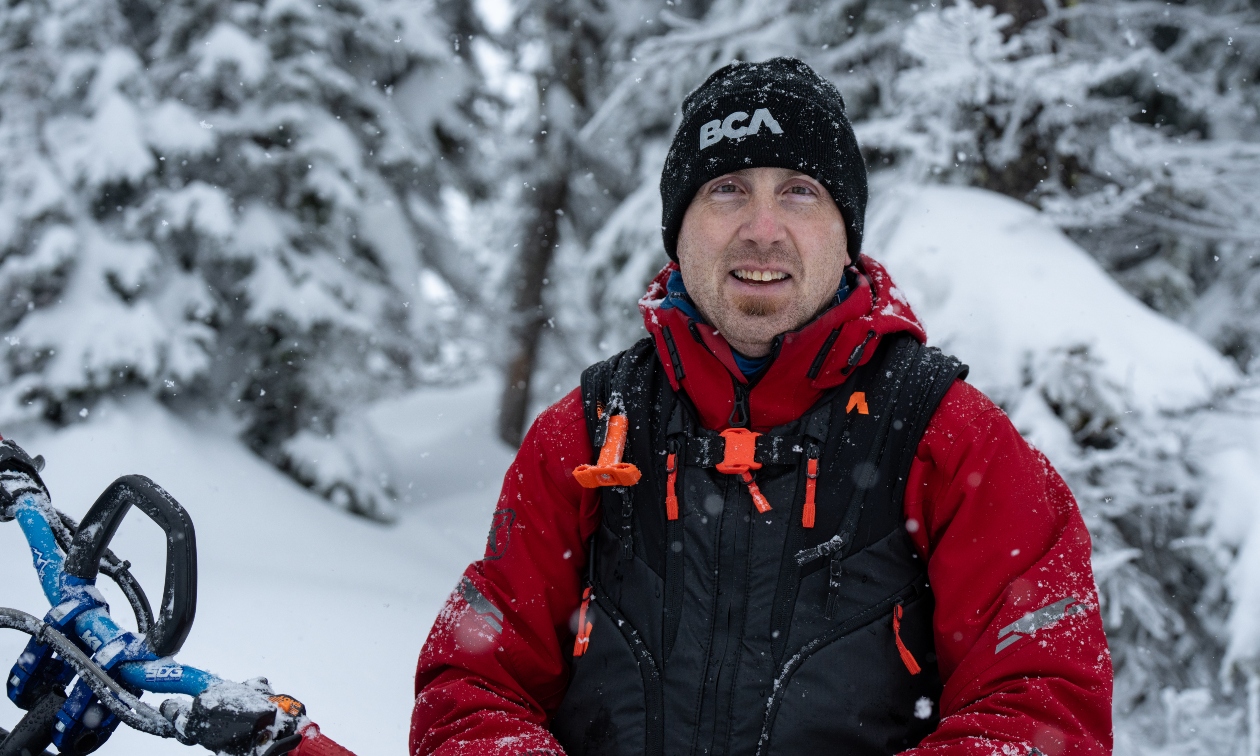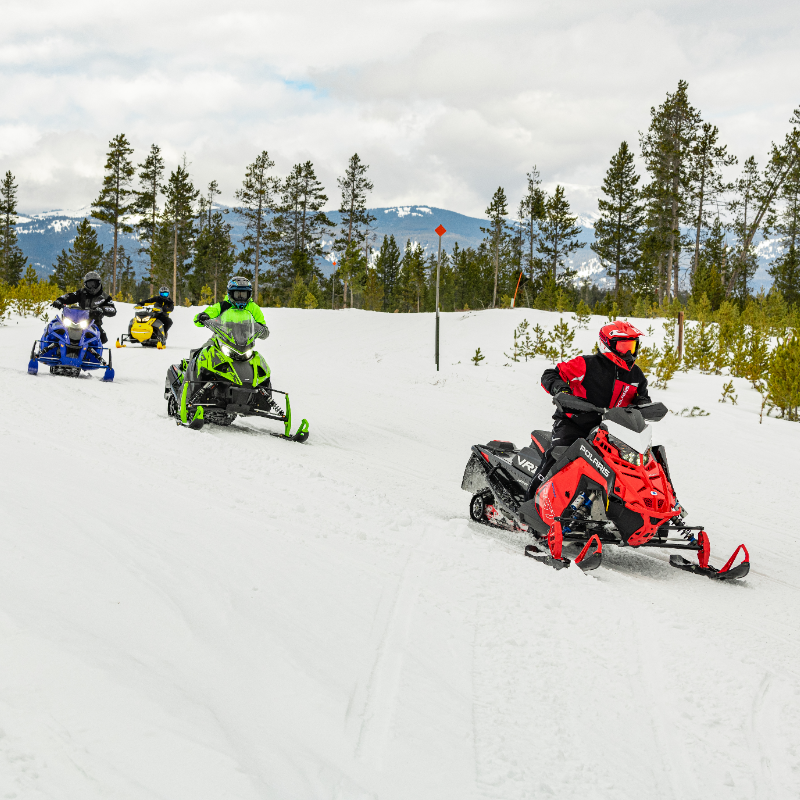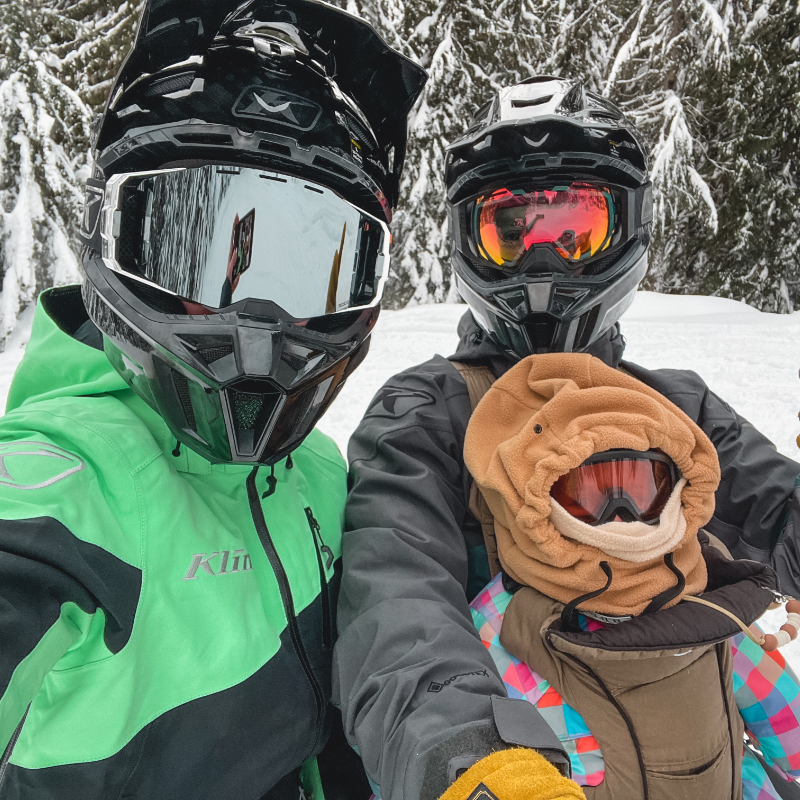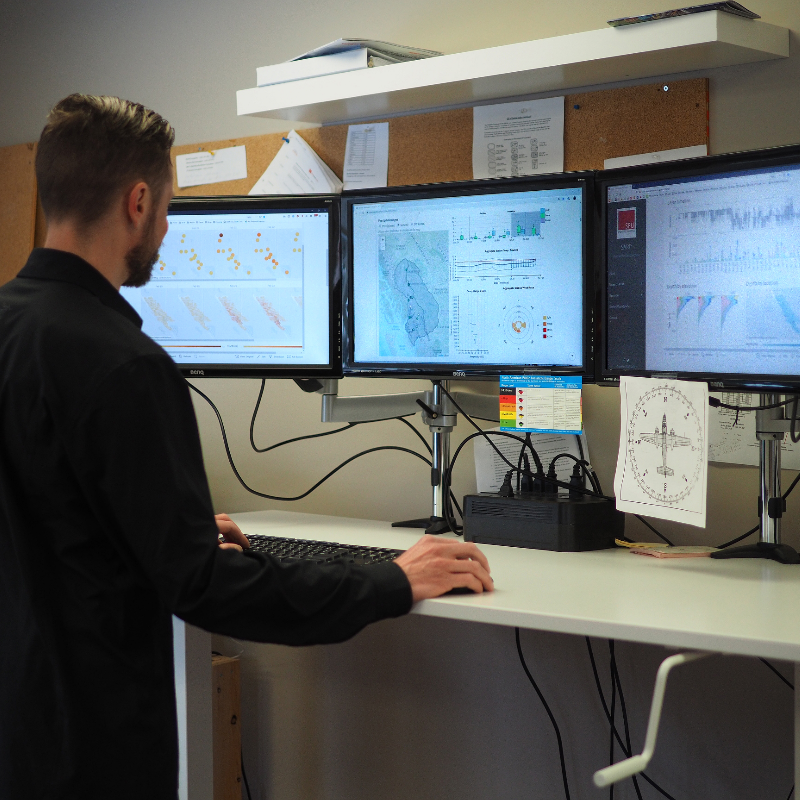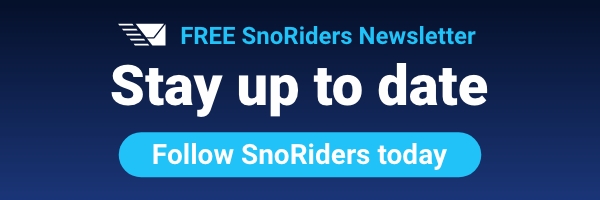Backcountry snowmobiling is thrilling, but it comes with serious risks—and few understand those risks like Marshall Dempster. A veteran avalanche forecaster, educator, and guide, Dempster brings decades of experience on skis and sleds alike. From his early days in ski patrol to becoming a certified snowmobile-specific avalanche instructor, he’s dedicated his career to teaching riders how to safely navigate the mountains while enjoying the freedom and speed that snowmobiling offers.
Dempster took the time to share his story with us, including some defining moments from his own sledding adventures, insights into common mistakes riders make on avalanche-prone terrain, and the evolution of avalanche education over the years. He also discusses guiding, and his advice for both newcomers and seasoned riders looking to stay safe in the backcountry.
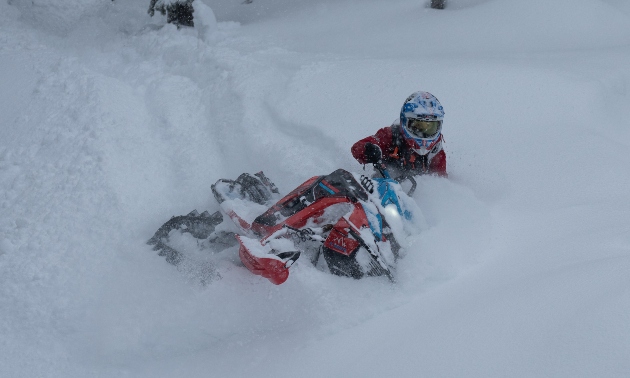
How did you first get involved in backcountry riding and avalanche education?
I kind of started my backcountry snowmobiling a little later in life than most. The first half of my career was spent ski patrolling and avalanche forecasting. It was in the middle of this journey that I found a sled. First for ski access, is what I told everyone. That quickly changed and I found myself leaving my skis at home more often than not. Completely fell in love with moving through the mountains on a sled. The speed, thrill, and the terrain that can be covered in a day. With my certification and experience in the avalanche industry already established, I was able to almost seamlessly transition, (this should read many, many "stucks" later), to instructing and teaching snowmobile-specific avalanche courses, as well as guiding groups of sledders safely in the backcountry. Effectively moving to riding a sled on full-time basis
Can you share a defining moment that made you realize how important avalanche education is?
The defining moment is challenging, but thinking back over the years, one day does stand out. It was early on in my sledding adventures. My first real day on a sled. I was out with some friends, none of whom had much snowmobile experience. We ended up meeting up with another group of mutual friends. They were very experienced sledders and offered to show us around. Keep in mind at this point I was very deep into my professional avalanche training. So I had lots of experience with snow and avalanche terrain movement but not on a sled.
We began to follow the group out in the riding zone. As we were moving around I found myself basically just hanging on and trying not to get left behind. So I was no longer really paying attention to my surroundings other than the bumper of the person in front of me. Once we arrived at the play zone I was able to take stock of the situation surrounding me. My training kicked back in. I started to really look around. What I saw was not awesome. It was not overly complex terrain, however we were parked right in the run-out of what I would describe as a medium-sized avalanche path. I still very vividly remember that feeling of being exposed. What really sticks out for me still is I was the only one in the group that seemed to be feeling uncomfortable. So I started up my sled and moved.
Once I parked in what I felt was the safest location out of the way of the avalanche path, one or two of the other group members joined me. We sat there chatting while watching the rest of the group play on and beneath the slope. Someone asked why I had moved to that spot.
Now, I’m betting lots of you reading this know the answer. For those that do not, or haven’t been in this situation, the short answer is as follows: Even though I didn’t think that slope was going to avalanche that day with those conditions—what happens if it does? If we are all involved in the avalanche, who is going to execute the rescue? That’s where that feeling of exposure came from. We never want to expose more than one group member at a time if possible. Reflecting on that day I think that’s where personally I recognised that a culture shift in the snowmobiling industry may be needed. Thisese group had been to that exact location multiple times over multiple years. Had never seen any avalanche activity. They were unaware or unwilling to accept that it might in fact be a dangerous area.
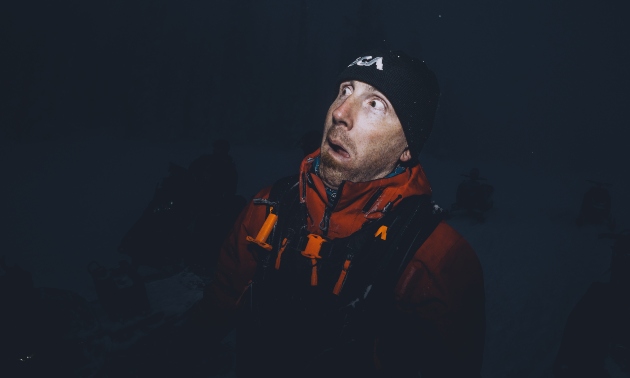
What are the most common mistakes you see riders make in avalanche terrain?
Although I believe we have come a long way on avalanche education as a community, I’ll come back and reference the story above. In my travels I hear and see that exposing multiple group members to the same slope at once is still very much a commonly made mistake. A very close second is joining your stuck friend in the hazard. I guess that’s a subcategory of the same mistake, or even a different way to find yourself in that same situation. Avalanche Canada actually has a really great webinar (shameless plug) from last winter on this topic.
How has avalanche education evolved since you started teaching?
Avalanche education has evolved incredibly since I started teaching. The industry is constantly changing. People are going much farther, much faster and are doing so right after or during storm events. The sleds now are true mountain weapons ready right out of the box to slay the backcountry. I believe we spent a few years trying to catch up with avalanche education in the early years. Now though we have a snowmobile-specific curriculum, centred on how we travel on the sleds. Having said that, it’s still evolving every year and constantly improving.
What avalanche safety gear do you consider non-negotiable for every rider?
The big three: Shovel, probe, and transceiver are mandatory to have on your person. For me, personally, an air bag pack is mandatory, as well. I think it’s also crucial for everyone to learn how to use the gear they are carrying. Even the most expensive transceiver is just a paperweight if you do not know how to use it! It’s also mandatory for the group to be able to call for outside assistance. That may look different depending on where in the world you are. But you must have the ability to call for help if needed.
What advice would you give to a rider taking their first avalanche course?
I truly believe it does not matter how much snowmobile experience you have. Having the formal avalanche education is a must. Think of it this way, the avalanche training is not just a box to check. It is not over after your course is done. If you do not practice the skills from the course, you will lose them! The course is designed to begin building habits for you and your group that, when practiced, will help to ensure you never actually have to use the rescue skills your instructor taught you. That’s the goal and I think if you go into your course with an open mind to this concept you will end up with a very rewarding experience.
How has your background as an athlete shaped the way you teach avalanche safety?
I think my background both on the sled and on skis brings an interesting perspective to the way that I teach. I’ve made my fair share of mistakes over the years. Pushing or being pushed into situations that ended up being less than desirable. I’ve personally tested the effectiveness of an avalanche air bag. I’ve lost close friends to avalanches. I think having personally experienced these situations allows me to put a more personal spin on the curriculum I’m teaching. Whether that’s an entry level avalanche course or training and teaching at a professional level.
How did you get into snowmobile guiding?
It kind of happened at the same time I swapped to teaching snowmobile-based avalanche courses. I ran into Curtis Pawliuk from Frozen Pirate in Valemount, B.C. He was looking for an instructor and guide and it took off from there. Honestly, I probably wouldn’t be talking to you right now if it was not for Curtis. He was a major driving force in my snowmobile journey and I am very grateful for the opportunity!
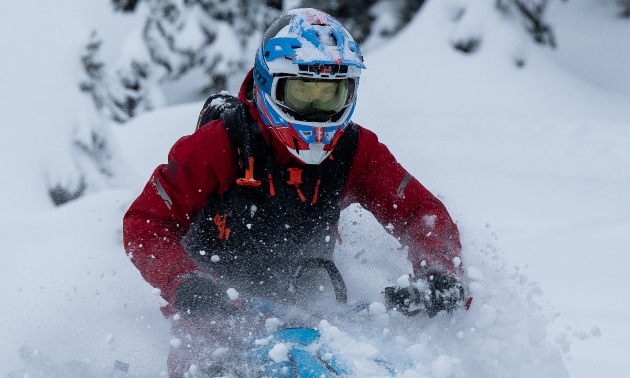
What kind of training is required to become a snowmobile guide?
When I started there were not really any official snowmobile-specific guiding courses. All the operations had some in-house training of some form or another, but nothing standardized. That’s all changed now with the birth of the Canadian Motorized Backcountry Guides Association (CMBGA). The CMBGA has created a clear path for someone interested in becoming a guide to follow. They are offering the course work and but also a clear progression for a prospective guide to follow.
What’s one of the most memorable guiding experiences you’ve had?
It’s a bit of a challenge to single out one guiding experience. Each group and, honestly, each day is different. I always enjoy watching people grow or achieve their goals, learning something new or taking them places they may never have been before. There aren’t many better feelings than coming up to an untracked zone with a group. Looking back and seeing their smiles right through their full-face helmets, is incredibly rewarding..
If you could give one piece of advice to every sledder heading into the mountains this season, what would it be?
The biggest piece of advice I would give is to be prepared. Do some pre-planning. Gather as much information as you can. Read the forecast and remember that the conditions are always changing. This can happen by the day, week or even hour sometimes. This info gathering should continue all throughout your day. It’s not just "one and done" first thing in the morning. Have an open line of communication with your group. Talk about decisions throughout the day like where to play, where you are going to stop and regroup, and where the safe spots are on your travels. If you’re reading this, and what I just mentioned looks like a different language, my advice would be to get yourself and your group into an avalanche class.
